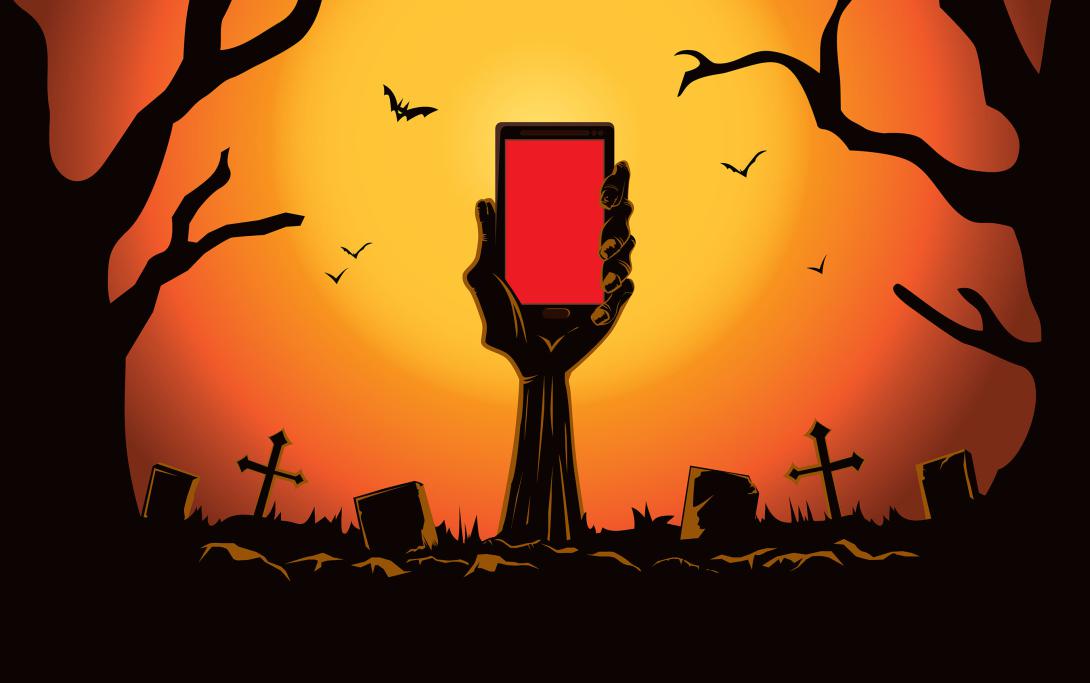Disruptive By Design: A Multiphase Approach To Killing the Living Dead
The U.S. Space Force is going through technological evolution as it continues to grow from its U.S. Air Force roots. One of the major challenges it is encountering is that much of the enterprise relies on legacy technology, which has the foundations of the original Air Force space program. It is not uncommon to see Fortran programmers, IBM mainframes and Switch networks as part of the program. This time-tested and true technology has maintained aspects of national security for decades.
Unfortunately, the technologists who have supported the technology stack are retiring, retired or no longer alive. As a result, supporting the legacy network often falls on the shoulders of the younger workforce, who have no interest in supporting legacy technology. This creates difficulty for the Space Force because it will struggle to find a workforce to support its “zombie technology.” For those who are not familiar with the term, zombie technology is a technology that should have been retired a long time ago but keeps returning from the dead.
The question arises of how to kill the zombie technologies. Besides hitting the power button, I suggest a multiphase approach to eliminate the living dead.
Phase 1 - Identify the Target
A conscious effort must be made to phase out all legacy technology over the next five years. Funding must be identified in the Space Force/Air Force Program Objective Memorandum (POM) cycle now and must include training the “zombie killers” to get rid of the legacy capabilities effectively. There also must be funding for learning how to take care of them in the future after the zombies are gone.
Phase 2 - Train the Zombie Killers
The focus of the POM budget is on training and incentives because convincing someone to learn the legacy technology, to be honest, is a hard sell. Traditionally, love of country was good enough to have someone commit to solving this issue. However, COVID-19 and the Great Resignation dramatically changed the cleared workforce. More often than not, a good technologist can and will find a job in the commercial sector that allows work from home. Plus, the technologist does not have to deal with the hassle of working in a classified area while having access to creature comforts that they have grown accustomed to during COVID. This workforce shift has increased the cost of training zombie killers. More importantly, there must be a plan to transition the individuals from zombie killers back to technologists once the zombies are eliminated.
Phase 3 - Killing Zombies
The act of killing zombies is not going to be pleasant. Most senior leaders will want the ‘lift and shift’ approach (known as brownfield implementation) because it is easier to train the existing workforce using zombie technologies. After all, they have become accustomed to using the tools for the past couple of decades. Unfortunately, lift and shift migrations have a low probability of success. 1) The current technology cannot adapt easily to decades-old technology. 2) It will not have the necessary security controls to meet accreditation. With this understanding, the act of killing zombies will have to be embraced as a new way to introduce technology, starting with the space systems operations and intelligence schoolhouse all the way to advance training.
Phase 4 - The New Normal
While all this talk of killing zombies is fun, we must be conscious that we don’t allow the current technology to become the future zombies. Similar to how the Office of the Director, Operational Test, and Evaluation does its annual reports, the Space Force should conduct board reviews to determine the health of its technology stack to ensure that it does not fall into the same fallacy as before. If not, hitting the power button is always an option if the technology shows signs of the undead.
Clinton E. Austin is a former Emerging Leader co-president from 2020 to 2022
and technologist.




Comments